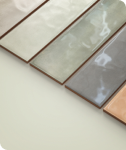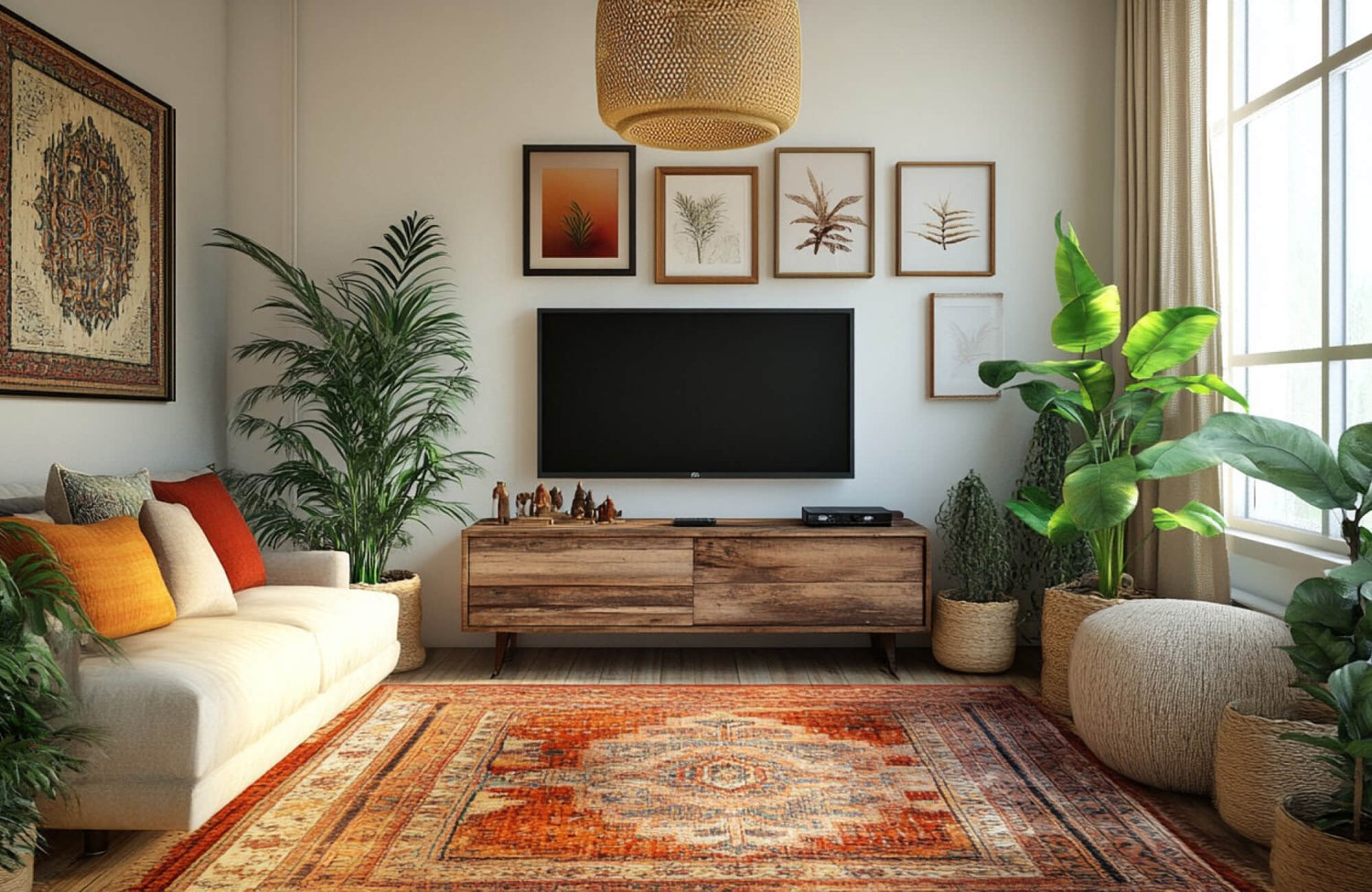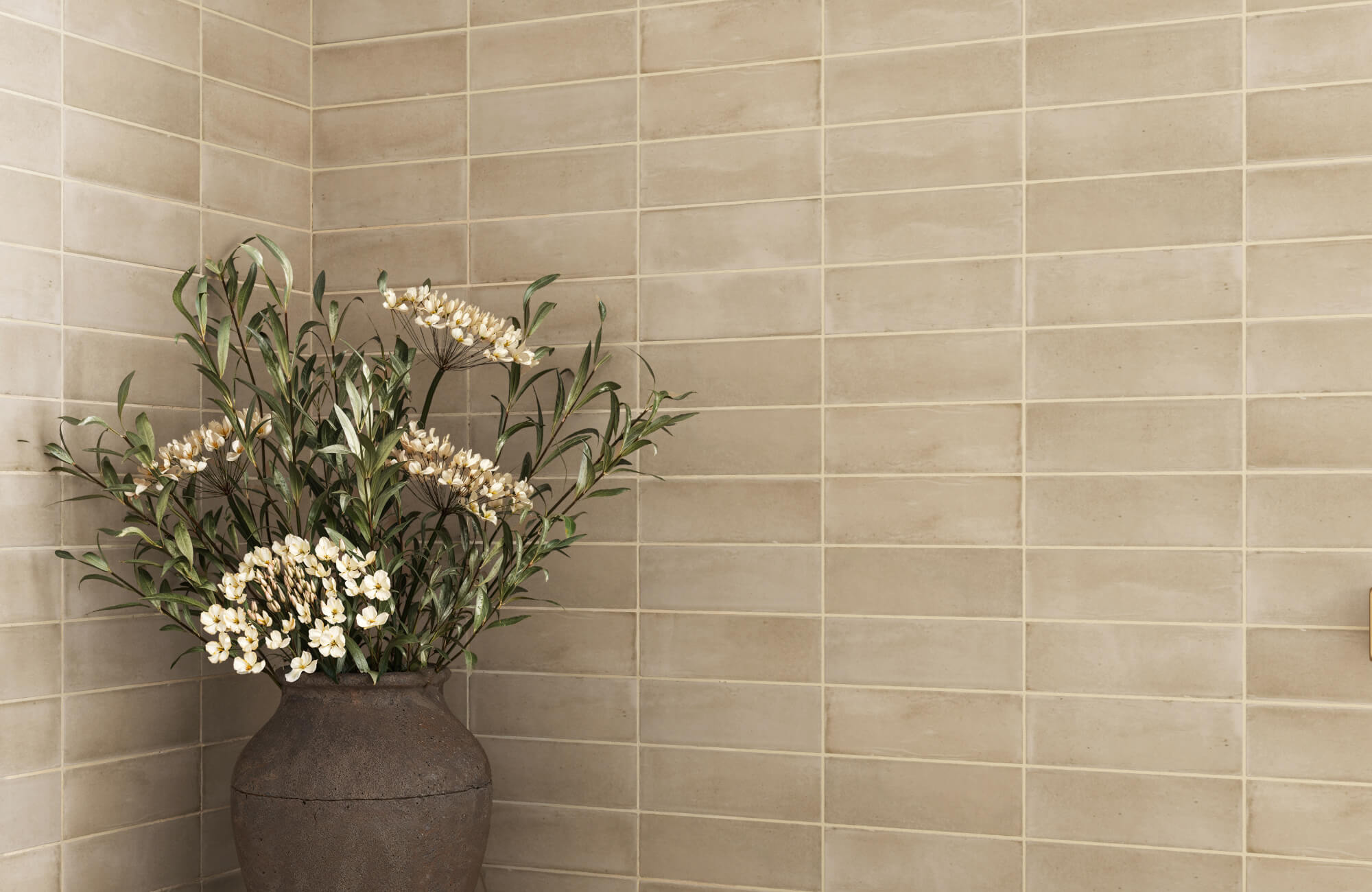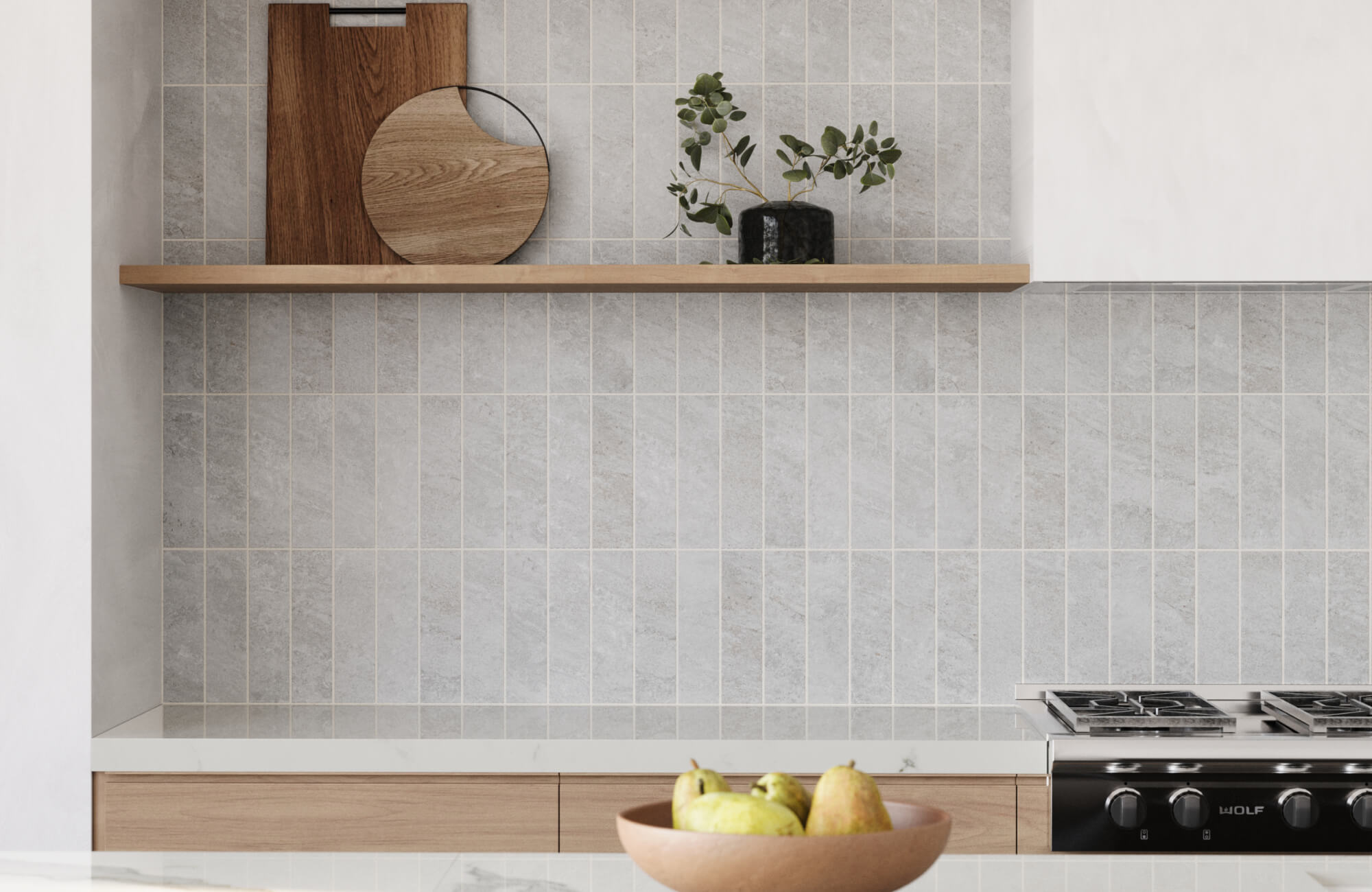A rug does more than warm up a space, it shapes how that space is used and perceived. In small rooms, every design detail counts, and the right rug can make a layout feel more open, grounded, and organized without needing to expand the available space. With thoughtful placement, sizing, and subtle patterns, rugs can transform tight spaces into cohesive ones.
In this guide, we’ll cover how to use rugs to maximize space in smaller rooms. Whether you’re styling a studio, compact bedroom, or shared-use nook, these tips will help you define zones, improve flow, and bring intentional design into every corner.
Matching Rug Size to Room Dimensions
In small rooms, scale makes all the difference. Choosing the right rug size helps the space feel proportionate and polished without overpowering the layout. A rug that's too small can seem disconnected from the rest of the room, while one that's too large may overwhelm the available space. Ideally, the goal is to strike a visual balance, allowing the rug to frame your furniture layout while keeping walkways open and the design breathable.
Placement matters just as much as size when it comes to maximizing the effect of a rug. Centering it under key furniture, like a sofa or bed, creates a strong visual anchor that draws the room together and establishes flow. Also, it’s important to leave equal space between the edges of the rug and the walls, around 6 to 12 inches, which usually works best in small rooms to avoid crowding the perimeter and to give the eye room to move naturally.
Floating rugs, which sit away from the walls and anchor select pieces of furniture, can work well in compact spaces, too. They help define a central zone without requiring full floor coverage. You can also layer a smaller patterned rug over a larger neutral base to highlight specific areas, especially when you want to add contrast through bold textures or colors. Either way, it’s key to ensure that each layer feels thoughtful and intentional, rather than visually cluttered.

Choose the Right Rug Shape
The shape of a rug plays a bigger role in small spaces than you might expect. Rectangular rugs, such as our Hutchinson Polyester Face Rug in Sage / Graphite above, are ideal for elongating narrow rooms, helping to guide the eye across the space and making it feel more open. When aligned with the longest wall or primary furniture arrangement, they create flow and direction without adding visual clutter. Square rugs, on the other hand, work best in more compact or symmetrical rooms where balance and structure are key.
Round or oval rugs are especially useful in breaking up sharp angles and softening overly boxy layouts. For example, placing a circular rug under a small dining table or in a reading corner introduces curves that make the space feel more dynamic and inviting. These shapes also help establish a focal point without overwhelming the room. The key is to let the rug’s geometry complement the room’s structure and naturally guide how the space is used.
If you're unsure which shape to choose, look at your existing furniture layout and let it inform the rug's silhouette. For instance, curved or rounded furniture pairs beautifully with circular rugs, while modular or clean-lined pieces often sit more comfortably on rectangular or square ones. Matching the shape of your rug to the natural flow of your space not only makes the room feel cohesive, but it also helps everything function more smoothly day to day.

Layer Rugs to Define Zones Without Clutter
Layering rugs isn’t just a bold design move, it’s a smart way to define separate zones in small rooms without overcrowding the space. Using light, low-pile rugs as your base allows you to build visual interest without adding bulk underfoot. For instance, you might place a neutral flatweave rug across the entire floor, then layer a smaller patterned rug to define a workspace, reading corner, or sleep area. This technique keeps everything feeling intentional while still maintaining an open layout.
To avoid overwhelming the space, it’s best to stick to a cohesive palette or complementary textures when layering. Instead of mixing too many bold colors or competing patterns, opt for one standout rug and let the rest support it with subtler tones or materials. This approach keeps the room visually dynamic but still calm and functional, perfect for small spaces that need to multitask.
If you're working with an irregular floor plan or shared-use areas, layering can also help soften transitions between functions. For example, a textured rug beneath a desk can create separation from a nearby lounge zone, without needing physical dividers. This trick is especially helpful in studio apartments, where clearly defined spaces help everything feel more organized and purposeful.

Choose the Right Rug Material for Small Spaces
In a compact space, the right rug material can make all the difference in both comfort and practicality. Some materials feel too heavy or high-maintenance for smaller rooms, while others create a lighter, more breathable feel. Below, we’ll walk through a few of the best rug materials that suit small spaces without adding unnecessary bulk.
Cotton
Cotton rugs are lightweight, low-profile, and easy to manage, making them a great match for small rooms. They sit flat on the floor without creating unnecessary height or visual clutter, and their soft texture adds a touch of casual comfort. Many are also machine-washable, which is especially helpful in busy areas like entryways or small bedrooms. Keep in mind that cotton may wear faster in heavily used zones, but it’s a simple and stylish choice for less-used spots.
Jute
Jute offers a natural, earthy texture that works beautifully in compact spaces. Its flatweave structure keeps it grounded without adding visual weight, while the neutral tone pairs well with a variety of color schemes. Although jute is durable and adds a layer of texture, it can feel a bit rough underfoot, so it’s best used in living areas or under furniture rather than as a cozy landing spot. For a more comfortable touch, try layering it with a soft runner or throw rug.
Synthetic Blends
Synthetic blends like polypropylene, such as our Charlise Polypropylene & Polyester Pile Rug in Navy / Khaki above, or nylon strike a balance between durability and affordability, which makes them a smart choice for small, multifunctional rooms. They’re typically stain-resistant and easy to clean, so they work well in busy households or rooms where spills are common. Their low pile also helps prevent the space from feeling crowded, and many are available in bold patterns that can double as a statement piece. Just make sure to choose a flatweave or tightly woven version to keep the look clean and compact.

Stick to Light or Monochromatic Color Schemes
Choosing the right rug color can significantly influence how spacious a room feels. In smaller areas, light tones such as soft gray, ivory or beige, such as our Lafferty Wool Blend Rug in Dove shown above, help reflect light and create an open, airy effect. Monochromatic rugs, or those that closely match the floor or wall colors, can also visually extend the room by reducing contrast and hard edges. This blending effect keeps the space from feeling boxed in and helps everything flow more naturally.
If you still want visual interest, go for tone-on-tone layering or subtle patterns instead of high-contrast prints. For example, a cream rug with faint geometric texture or a soft stripe in a similar hue can add depth without overwhelming the layout. These quiet design choices allow the rug to support the space rather than dominate it, which is especially helpful when you’re working with limited square footage. The result is a balanced room that feels cohesive, calm, and visually larger.
You can also coordinate your rug with surrounding accents to extend the effect. Matching throw pillows, curtains, or wall colors to the rug’s tone can reinforce a sense of continuity and make the space feel thoughtfully connected. This creates a layered but unified aesthetic, ideal for smaller spaces where every element counts.
Multi-Functional Rugs for Small Spaces
In smaller living spaces, rugs often need to do more than just look good, they should pull double duty, too. A well-chosen rug can serve as a cozy surface, a decorative element, and a visual divider all at once. For instance, in a studio apartment, a single rug can anchor the sleeping area while still feeling cohesive with the rest of the room. Look for thinner or easily rollable options that can be moved or stored when needed without hassle.
Multi-functional rugs are especially useful in rooms that shift roles throughout the day, like a dorm or a shared living-and-work space. Choosing a durable yet stylish rug helps tie everything together while supporting the room’s flexibility. Rugs with a flatweave or low-pile design are often the best fit; they offer comfort underfoot without adding bulk. This way, you maintain visual clarity and comfort, even as the room adapts to different needs.
To get the most from a multi-functional rug, pay attention to how its pattern and shape contribute to zoning. A striped rug, for example, can subtly guide the eye across a space and reinforce different areas without needing walls or dividers. Similarly, a rug with a tonal border can frame a dining set or workspace within a shared environment. These design details may be subtle, but they go a long way in helping a small room feel thoughtful and complete.

Maximize Every Room with Strategic Rug Styling
Even in small spaces, a rug can do more than add style, it can help organize the layout, improve flow, and define how each part of the room functions. By tailoring rug placement to specific room types, you can make even compact interiors feel larger and more intentional. These room-by-room tips show how to bring out the best in every corner without adding clutter or bulk.
Bedroom
In a small bedroom, rugs can visually extend the floor space while adding comfort underfoot. Positioning a rug beneath the bed, either fully or partially, helps frame the sleeping area and bring a sense of balance to tighter layouts. This simple adjustment can anchor the room and make it feel more considered and complete.
To make the most of the space, opt for a rug shape that follows the lines of your furniture without overlapping walls or storage. Coordinating the rug’s tone with textiles like throws, pillows, or duvets can also unify the room’s palette. This approach keeps the space feeling calm, soft, and more expansive.
Living Room
Living rooms with limited square footage benefit from rugs that visually anchor the seating area and guide the eye through the space. Centering a rug beneath a sofa and coffee table creates a unified zone that feels more spacious and grounded. This setup also encourages a sense of flow between furniture pieces, especially in open-concept layouts.
To enhance the room’s proportions, align the rug horizontally with the longest wall or the main furniture arrangement. This directional trick helps widen narrow rooms and visually stretches the floor. Additionally, using a subtle pattern or texture can soften blocky furniture lines without overwhelming the layout.
Studio Apartments
Studio apartments often rely on rugs to bring clarity and structure to shared living zones. A large rug beneath the bed can anchor the sleeping area, while another rug nearby defines a dining or lounging space. This separation creates the feel of distinct rooms, even when no walls exist.
Keep patterns and tones relatively consistent to avoid breaking up the space too much. Choosing rugs that complement each other helps the eye travel across the room smoothly. This way, your studio remains functional and cohesive while still feeling comfortably divided.
Entryway
In compact entryways, rugs do more than just catch dirt, they help create a sense of arrival. A slim runner or small rectangular rug can signal transition and lead the eye inward, making the space feel longer and more connected to the rest of the home. To enhance visual flow, coordinate the rug’s color with nearby flooring or wall tones. This subtle match helps the entry feel less isolated and more integrated with the adjoining space. It’s a small design move that sets the tone for the rest of the room.
Kitchen
Even in tight kitchens, a rug can bring warmth, comfort, and structure without disrupting the workspace. Placing a low-pile rug in front of the sink or prep zone helps break up hard surfaces while softening the room’s overall feel. In galley or corner layouts, look for rugs that follow the room’s shape and direct the eye lengthwise. Subtle patterns or tone-on-tone textures keep things interesting without making the space feel cluttered. It’s also a great way to add personality while preserving utility.
Work or Reading Nook
Small nooks for reading or working benefit from rugs that clearly define the space without overwhelming it. A compact circular or square rug can serve as a soft boundary, giving the area a distinct purpose within a larger room. Choose cozy textures and muted tones to encourage focus and comfort. This is especially useful if the nook shares space with a bedroom or living area. A thoughtfully placed rug can turn even a small corner into a calm and functional retreat.
Turn Small Spaces Into Styled, Defined Zones
Maximizing space with rugs in small rooms comes down to making intentional design decisions that balance style with function. From selecting the right size and shape to choosing materials and color schemes that visually open up a space, each detail plays a key role in how your room feels and flows. Whether you’re layering rugs to define zones or using subtle tones to create cohesion, the right rug can transform even the tightest layout into something that feels organized, inviting, and thoughtfully styled.
If you’re unsure which approach works best for your space, our team at Edward Martin is here to help. Schedule a personalized design consultation with one of our experts and get tailored guidance based on your layout, lifestyle, and aesthetic goals. Together, we’ll help you find a rug that works beautifully within your space and supports the way you live every day.









